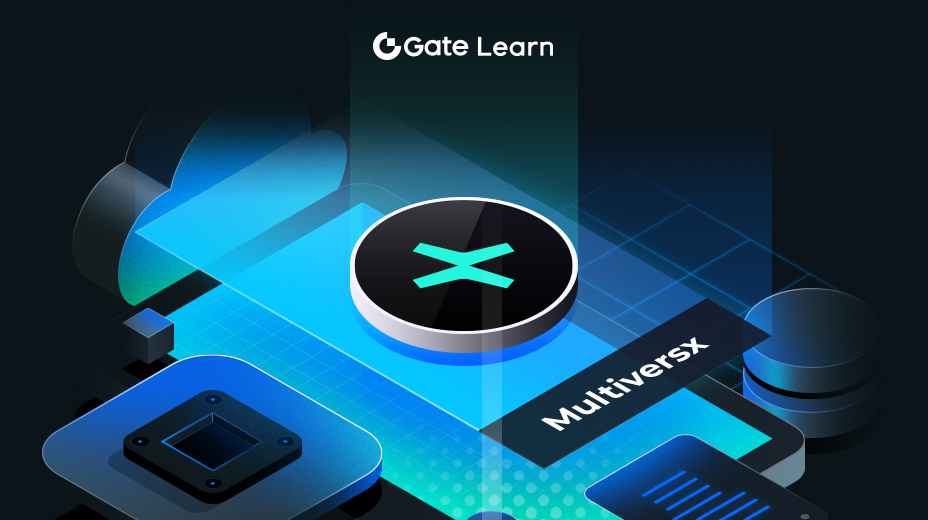Tokenomics et modèle économique
Ce module examine l'utilité du jeton Bitcoin Virtual Machine (BVM) au sein de son écosystème, les incitations économiques pour les participants et une analyse comparative de la tokenomics de BVM par rapport à d'autres projets blockchain.

Utilité du jeton natif
Le jeton BVM est essentiel à l'écosystème BVM, remplissant plusieurs fonctions qui facilitent les opérations de la plateforme. Principalement, il agit comme un moyen d'échange, permettant des transactions et des interactions entre les utilisateurs, les développeurs et les validateurs. Ce rôle transactionnel garantit une activité fluide au sein du réseau.
Au-delà des transactions, le jeton BVM est essentiel pour le staking. Les validateurs doivent miser des jetons BVM pour participer au mécanisme de consensus du réseau, assurant ainsi la sécurité du réseau et la validation des transactions. Ce processus de mise en jeu aligne les intérêts des validateurs avec la santé et la sécurité du réseau.
Le jeton fonctionne comme un outil de gouvernance, accordant aux détenteurs la possibilité de participer aux processus de prise de décision. Les détenteurs de jetons peuvent proposer et voter sur des changements apportés au protocole, influençant ainsi le développement et l'orientation de la plateforme. Ce modèle de gouvernance favorise une approche décentralisée de la gestion de la plateforme.

Incentives économiques
Développeurs
Pour stimuler l'innovation et étendre l'utilité de la plate-forme, BVM fournit aux développeurs des subventions et des récompenses en jetons BVM. Ces incitations visent à promouvoir la création d'applications décentralisées (dApps) et de contrats intelligents au sein de l'écosystème BVM. En soutenant financièrement les développeurs, BVM encourage le développement d'applications diverses, ce qui améliore la fonctionnalité de la plate-forme et attire une base d'utilisateurs plus large.
Validator
Les validateurs sont essentiels à la sécurité et à l’intégrité du réseau BVM. Ils sont responsables de la validation des transactions et du maintien du consensus du réseau. Pour aligner leurs intérêts sur la santé du réseau, les validateurs sont tenus de staker des jetons BVM. En échange de leurs services, ils reçoivent des récompenses sous la forme de jetons BVM supplémentaires. Ce mécanisme de jalonnement garantit que les validateurs ont un intérêt direct dans le succès du réseau, car leurs jetons jalonnés sont à risque s’ils adoptent un comportement malveillant. Cette structure favorise une participation honnête et aide à maintenir la sécurité du réseau.
Utilisateurs
Les utilisateurs sont encouragés à s'engager avec la plateforme BVM grâce à divers mécanismes de récompense. En participant aux pools de mise en jeu ou en fournissant de la liquidité, les utilisateurs peuvent gagner des rendements en jetons BVM. Ces incitations sont conçues pour promouvoir une participation active, améliorer la liquidité de la plateforme et contribuer à la santé globale de l'écosystème. En récompensant les utilisateurs pour leur participation, BVM favorise une communauté dynamique et dynamique.
Analyse comparative
Comparé à d'autres projets de blockchain, la tokenomics de BVM présente des similitudes et des distinctions. Comme l'Ether (ETH) d'Ethereum, le jeton BVM est utilisé pour les frais de transaction et le staking. BVM met davantage l'accent sur la gouvernance, accordant aux détenteurs de jetons une influence significative sur les décisions de protocole.
Contrairement à des projets comme Polkadot, qui utilise un système de preuve de participation nominative, BVM utilise un mécanisme de mise en jeu qui lie directement les récompenses des validateurs à la sécurité du réseau. Cette approche garantit que les validateurs sont incités de manière adéquate à agir dans l'intérêt supérieur du réseau.
Le modèle économique de BVM diffère également de celui de Bitcoin, qui ne dispose pas d'un mécanisme de participation ou de gouvernance natif. En incorporant des fonctionnalités de participation et de gouvernance, BVM renforce son utilité et aligne les intérêts des différentes parties prenantes au sein de son écosystème.
Points saillants
- Le jeton BVM fonctionne comme un moyen d'échange, un actif de mise en jeu et un outil de gouvernance au sein de l'écosystème BVM.
- Les développeurs reçoivent des jetons BVM comme incitations à créer des dApps et des contrats intelligents, favorisant l'innovation.
- Les validateurs sont récompensés en jetons BVM pour sécuriser le réseau et valider les transactions, favorisant ainsi une participation honnête.
- Les utilisateurs peuvent gagner des jetons BVM grâce aux pools de mise et à la fourniture de liquidités, ce qui encourage l'engagement actif.
- Par rapport à d'autres projets blockchain, le tokenomics de BVM met l'accent sur la gouvernance et aligne les intérêts des parties prenantes grâce à des mécanismes de mise en jeu.





